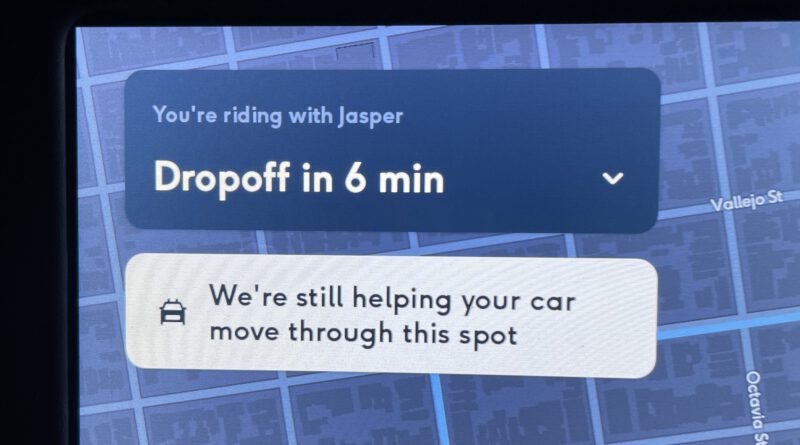First Documented Intervention by a Cruise Teleoperator
Once a robotaxi company wants to start their driverless fleet service, they have to claerify and demonstrate in which way the company will be dealing with vehicles that get stuck or stall. Basically, there are at least three options that companies have:
They send a driver or engineer to the car to manually take over, drive the car out of the way or fix the issue;
They connect remotely to the vehicle and drive the car out by with a remote human driver controlling it;
They prompt the vehicle remotely through text commands on what it should do.
We’ve clearly seen many instances, where Cruise engineers had to come to stalled cars and drive them manually out of the way. Voyage, a company acquired by Cruise, had presented their teleoperator (back then they called it “telessist”) hardware that allowed a human driver to take over control remotely.
But yesterday night at about 10:18pm in San Francisco we witnessed the first time an intervention of a teleoperator at Cruise (our vehicle’s name was “Jasper”) to instruct the robotaxi to pass the double parked bus, which had emergency lights on. When Jasper approached the bus it stopped behind it. About 15 seconds later, a message was displayed on the passenger screens. The message read “We’re still helping your car move through this spot.“
When entering the car, the car tells you that video (but not audio) will be recorded (both inside and outside). Human service engineers will be monitoring the ride. When the car came to the double parked car and stopped behind it, it may have directly contacted the teleoperator or the teleoperator may have noticed the situation.
The Last Driver’s License Holder Has Already Been Born
How the radical disruption of the auto industry affects you―and how you can prepare for the soon-to-be “new normal”
The combined effect of autonomous driving, electric vehicles, and the sharing economy is on the verge of changing the auto industry―all within the next decade. And this tech/economics revolution will touch virtually every industry.
It reveals the disruptive technologies now taking shape and provides a timeline of when they will take hold. It examines the impact on the industry itself, as well as adjacent sectors, including jobs and professions, city and street design, hospitals, insurances, politics, security, hospitality industry, the oil industry, real estate, and society at large.
Get the book on Amazon.
As Cruise told me, it was not a teleoperator remote controlling the vehicle, but prompting it what to do. If you were following the latest news on generative pre-trained transfomer AI such as ChatGPT, DALL-E or Midjourney that can generate text and images out of a few text prompts, you may not be surprised that a robotaxi can be prompted with a few text commands to drive certain ways. We not only have a “creative prompt economy“, we also have now a “driving prompt economy.”
Jokes aside, such solutions can accelerate the deployment of robotaxis, as they underlying AI does not have to be able to deal with all fringe situations from the beginning. We will probably see for years to come that teleoperators will intervene occasionally. This topic was discussed here already some time ago.
Here is the video (recorded by my co-passenger Kristabel Quek) that shows how we approached the double parked bus and after about 14 seconds, the message is displays on the passenger screens and the car starts moving around the bus.
This article was also published in German.

